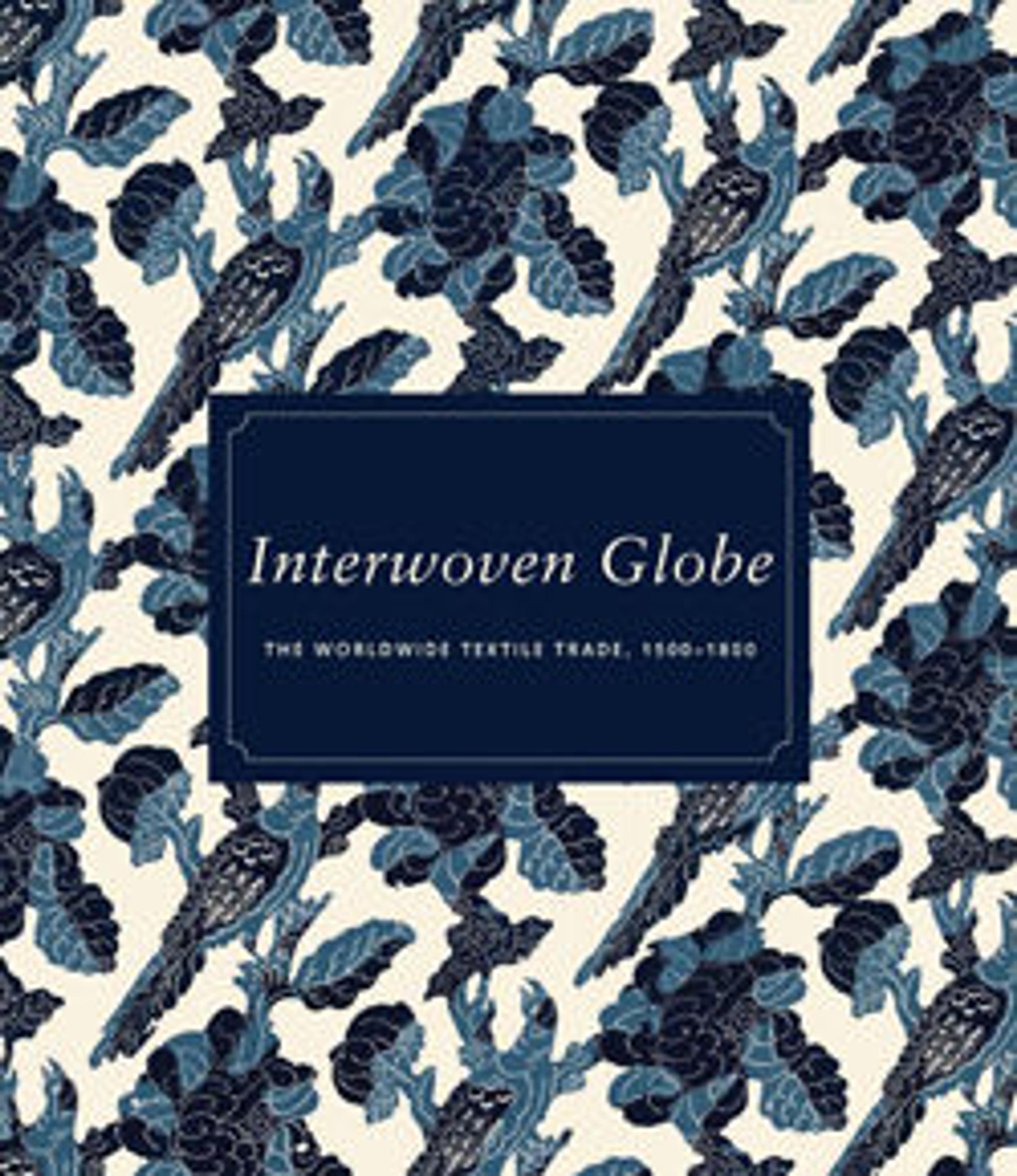Palampore
Palampores were a regular feature of the eighteenth-century chintz trade to Europe, where they were prized as wall hangings and bed and table coverings. They typically show a central flower-and-fruit-bearing serpentine tree emerging from a hillock with stylized peaks or rocks. In addition to those produced for the Dutch and English markets, a class of smaller palampores was made expressly for the intra-Asian trade. This robustly painted version was originally sourced to Sri Lanka, likely made for the European communities in Batavia and Colombo or for families of mixed European and Asian descent wishing to emulate Western taste.
cat. no. 37
cat. no. 37
Artwork Details
- Title:Palampore
- Date:first quarter of the 18th century
- Culture:India (Coromandel Coast), for the Sri Lankan market
- Medium:Cotton (painted resist and mordant, dyed)
- Dimensions:Warp 44 9/16 in. (113.2 cm); weft 72 in. (182.9 cm)
- Classification:Textiles-Painted and Dyed
- Credit Line:Purchase, Fernando Family Trust Gift, in honor of Dr. Quintus and Mrs. Wimala Fernando, 2010
- Object Number:2010.337
- Curatorial Department: Asian Art
More Artwork
Research Resources
The Met provides unparalleled resources for research and welcomes an international community of students and scholars. The Met's Open Access API is where creators and researchers can connect to the The Met collection. Open Access data and public domain images are available for unrestricted commercial and noncommercial use without permission or fee.
To request images under copyright and other restrictions, please use this Image Request form.
Feedback
We continue to research and examine historical and cultural context for objects in The Met collection. If you have comments or questions about this object record, please contact us using the form below. The Museum looks forward to receiving your comments.
